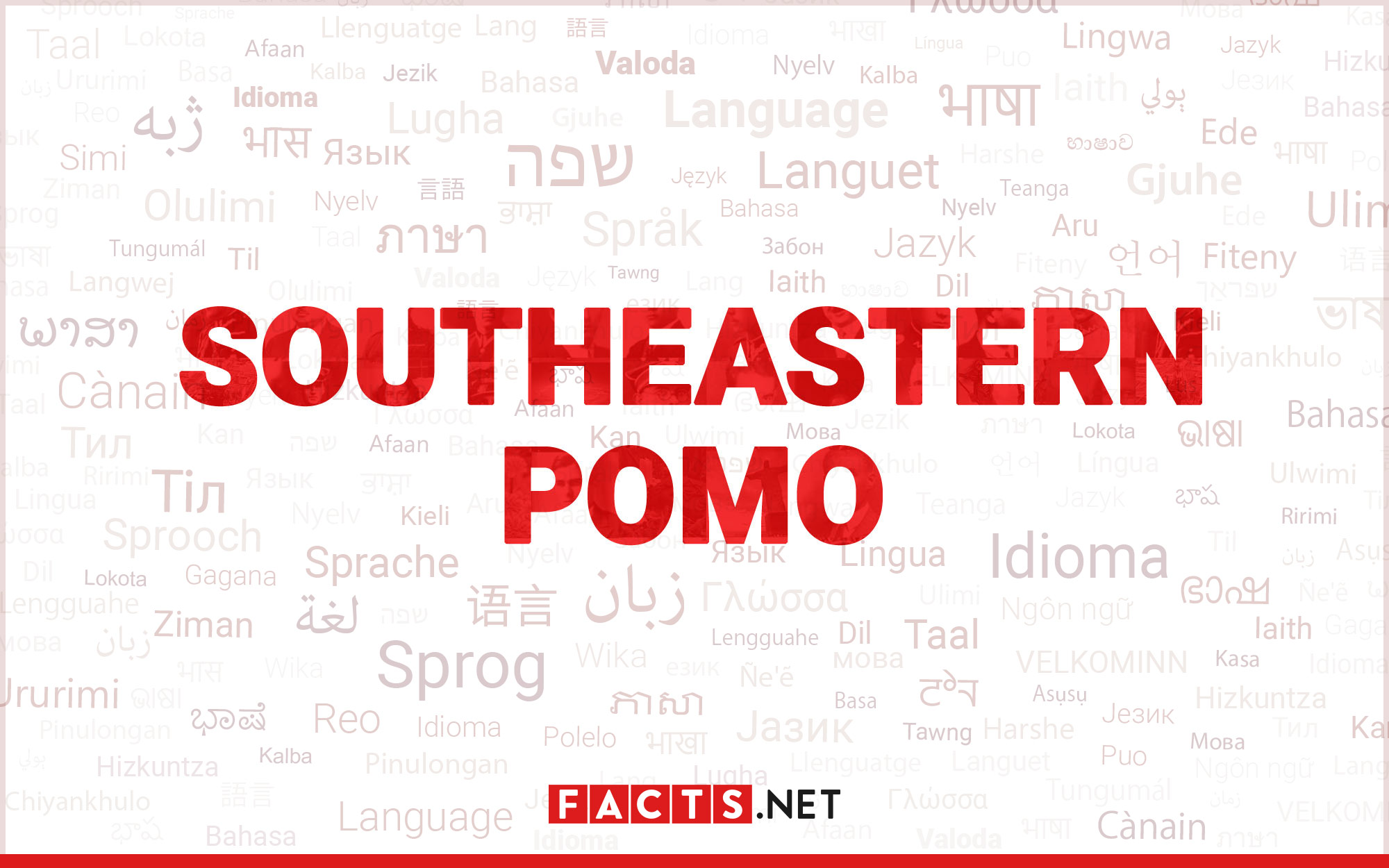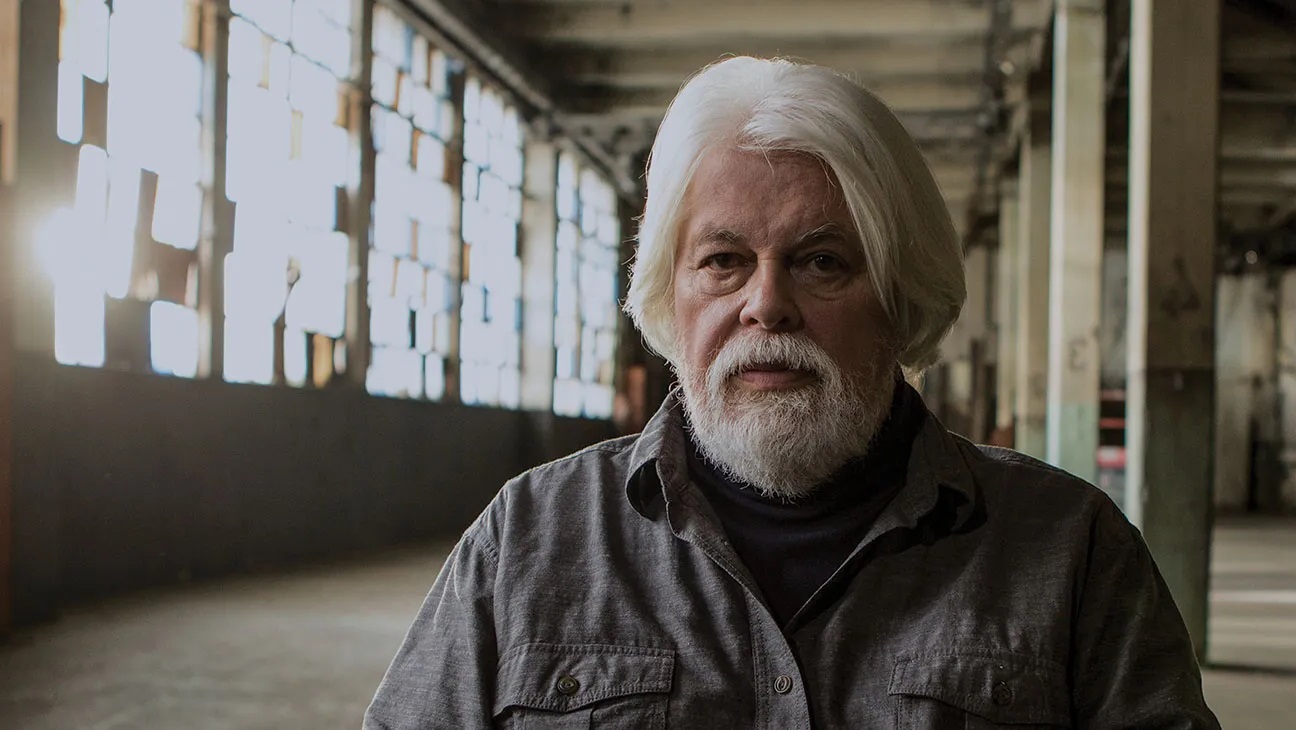
Southeastern Pomo is a Native American tribal group that has a rich and vibrant history. This fascinating tribe originated in the southeastern region of what is now known as California. The Southeastern Pomo people had a unique way of life, with their own language, customs, and traditions that set them apart from other tribes in the area.
In this article, we will delve into 11 astounding facts about the Southeastern Pomo. From their intricate basket weaving skills to their connection with nature, these facts will shed light on the remarkable culture and heritage of this tribe. So, let’s embark on a journey of discovery and explore the fascinating world of the Southeastern Pomo.
Key Takeaways:
- Southeastern Pomo have a rich history and cultural heritage, but their language is endangered. Efforts are being made to preserve their language and traditions for future generations.
- Southeastern Pomo maintain a deep spiritual connection with nature and have a strong sense of community. Despite facing challenges, they continue to preserve their heritage and inspire others.
Southeastern Pomo is a Native American tribe indigenous to California.
The Southeastern Pomo people have a rich history and cultural heritage that dates back centuries. As one of the many Native American tribes in California, they have a distinct identity and have contributed significantly to the cultural diversity of the region.
The Southeastern Pomo language is highly endangered.
With only a handful of fluent speakers remaining, the Southeastern Pomo language is in danger of becoming extinct. Efforts are being made to revitalize the language and preserve this important aspect of the tribe’s heritage.
They traditionally inhabited the Clear Lake area.
The Southeastern Pomo people originally inhabited the region surrounding Clear Lake in California. This area provided them with abundant resources, including fish, game, and plants that were essential for their sustenance and way of life.
Art and craftsmanship are important cultural expressions.
The Southeastern Pomo people are known for their intricate basket weaving, which is considered one of the finest examples of Native American craftsmanship. This traditional art form has been passed down through generations, and their baskets are highly regarded for their beauty and quality.
They have a deep spiritual connection with nature.
The Southeastern Pomo people have a profound respect for the natural world and believe in the interconnectedness of all living things. Their spiritual practices and ceremonies often revolve around nature, emphasizing harmony and balance.
They have a rich tradition of storytelling.
Storytelling has been an integral part of Southeastern Pomo culture for centuries. Through oral traditions, they have preserved their history, legends, and knowledge, passing them down from one generation to another.
Traditional dances are an important cultural practice.
The Southeastern Pomo people have a vibrant tradition of dance, which serves as a way to celebrate their culture and connect with their ancestors. These dances often depict stories and important events in their history.
They have a deep knowledge of medicinal plants.
The Southeastern Pomo people have a profound understanding of the healing properties of various plants found in their ancestral lands. Traditional healing practices involving medicinal plants are still prevalent within the tribe.
They have faced significant challenges due to colonization.
Like many Native American tribes, the Southeastern Pomo people have experienced the detrimental effects of colonization, including forced relocation, loss of traditional lands, and suppression of their cultural practices. Despite these challenges, they continue to strive for cultural preservation and resilience.
Traditional gathering and food preservation were essential skills.
The Southeastern Pomo people relied on their knowledge of gathering seasonal foods such as acorns, berries, and herbs. They developed sophisticated techniques for food preservation, ensuring they had sustenance throughout the year.
They maintain a strong sense of community.
The Southeastern Pomo people value community and maintain close-knit relationships with their extended family and tribal members. They come together for ceremonies, celebrations, and to support one another in times of need.
Conclusion
In conclusion, Southeastern Pomo is a fascinating Native American tribe with a rich cultural heritage and intricate language. From their traditional dwellings and resourceful hunting techniques to their intricate basketry and spiritual beliefs, there is so much to learn and appreciate about this unique group. The Southeastern Pomo people have demonstrated resilience and adaptability throughout history, overcoming various challenges while preserving their cultural practices.As we continue to explore and appreciate the diversity of human cultures, it is vital to understand and honor the histories and traditions of indigenous peoples like the Southeastern Pomo. By nurturing a deeper understanding and respect for their way of life, we can contribute to the preservation of their culture and promote greater cultural diversity and inclusivity.So, let us take this opportunity to celebrate the Southeastern Pomo people and all indigenous cultures, acknowledging the invaluable contributions they have made to our collective history and the importance of their continued presence in the world today.
FAQs
1. Who are the Southeastern Pomo?
The Southeastern Pomo are a Native American tribe from Northern California. They are known for their unique language, traditional practices, and strong connection to the land.2. Where did the Southeastern Pomo live?
The Southeastern Pomo people lived in the southeastern part of what is now known as Mendocino County, California.3. What were some of the Southeastern Pomo’s traditional practices?
The Southeastern Pomo practiced various traditional activities, including hunting, fishing, gathering acorns, and making beautiful baskets.4. What is significant about Southeastern Pomo basketry?
Southeastern Pomo basketry is highly regarded for its intricate designs and craftsmanship. Baskets were central to their daily lives and used for various purposes, including storage, cooking, and carrying items.5. Are there any Southeastern Pomo descendants today?
Yes, there are still Southeastern Pomo descendants today who strive to preserve their cultural heritage and promote awareness of their history and traditions.6. Are there any Southeastern Pomo reservations?
The Southeastern Pomo people do not have a federally recognized reservation, but efforts are being made to regain recognition and land rights.7. What challenges do the Southeastern Pomo face today?
The Southeastern Pomo, like many indigenous communities, face various challenges, including cultural preservation, land rights, and socio-economic disparities.8. How can I learn more about the Southeastern Pomo?
To learn more about the Southeastern Pomo, you can visit local museums, research academic publications, and connect with indigenous communities and organizations dedicated to preserving their culture.
Exploring Native American tribes like the Southeastern Pomo offers a glimpse into rich cultural heritage and history. For those interested in learning more about indigenous languages, the Keresan languages and Mapudungun provide fascinating insights. Additionally, delving into the history of tribes like the Saponi can further expand one's understanding of Native American history and the diverse tapestry of cultures that have shaped the American experience.
Was this page helpful?
Our commitment to delivering trustworthy and engaging content is at the heart of what we do. Each fact on our site is contributed by real users like you, bringing a wealth of diverse insights and information. To ensure the highest standards of accuracy and reliability, our dedicated editors meticulously review each submission. This process guarantees that the facts we share are not only fascinating but also credible. Trust in our commitment to quality and authenticity as you explore and learn with us.


